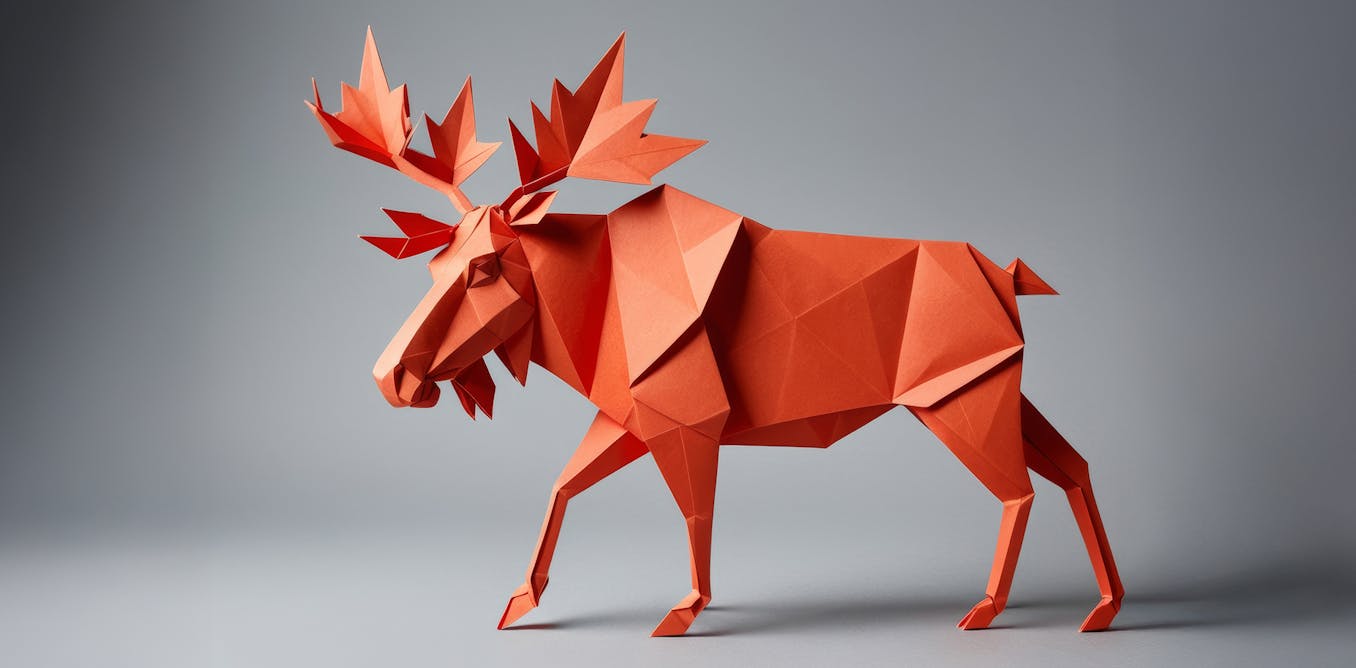Where’s your flying car? I’m sorry to say that I have no idea. But here’s something that is somewhat similar, in that it flies, transports things, and has “car” in the name: it’s a flying cart, called the Palletrone (pallet+drone), designed for human-robot interaction-based aerial cargo transportation.
The way this thing works is fairly straightforward. The Palletrone will try to keep its roll and pitch at zero, to make sure that there’s a flat and stable platform for your preciouses, even if you don’t load those preciouses onto the drone evenly. Once loaded up, the drone relies on you to tell it where to go and what to do, using its IMU to respond to the slightest touch and translating those forces into control over the Palletrone’s horizontal, vertical, and yaw trajectories. This is particularly tricky to do, because the system has to be able to differentiate between the force exerted by cargo, and the force exerted by a human, since if the IMU senses a force moving the drone downward, it could be either. But professor Seung Jae Lee tells us that they developed “a simple but effective method to distinguish between them.”
Since the drone has to do all of this sensing and movement without pitching or rolling (since that would dump its cargo directly onto the floor) it’s equipped with internal propeller arms that can be rotated to vector thrust in any direction. We were curious about how having a bunch of unpredictable stuff sitting right above those rotors might affect the performance of the drone. But Seung Jae Lee says that the drone’s porous side structures allow for sufficient airflow and that even when the entire top of the drone is covered, thrust is only decreased by about 5 percent.
The current incarnation of the Palletrone is not particularly smart, and you need to remain in control of it, although if you let it go it will do its best to remain stationary (until it runs out of batteries). The researchers describe the experience of using this thing as “akin to maneuvering a shopping cart,” although I would guess that it’s somewhat noisier. In the video, the Palletrone is loaded down with just under 3 kilograms of cargo, which is respectable enough for testing. The drone is obviously not powerful enough to haul your typical grocery bag up the stairs to your apartment. But, it’s a couple of steps in the right direction, at least.
We also asked Seung Jae Lee about how he envisions the Palletrone being used, besides as just a logistics platform for either commercial or industrial use. “By attaching a camera to the platform, it could serve as a flying tripod or even act as a dolly, allowing for flexible camera movements and angles,” he says. “This would be particularly useful in environments where specialized filming equipment is difficult to procure.”
And for those of you about to comment something along the lines of, “this can’t possibly have enough battery life to be real-world useful,” they’re already working to solve that, with a docking system that allows one Palletrone to change the battery of another in-flight:

One Palletrone swaps out the battery of a second Palletrone.Seoul Tech
“The Palletrone Cart: Human-Robot Interaction-Based Aerial Cargo Transportation,” by Geonwoo Park, Hyungeun Park, Wooyong Park, Dongjae Lee, Murim Kim, and Seung Jae Lee from Seoul National University of Science and Technology in Korea, is published in IEEE Robotics And Automation Letters.

The post “Finally, A Flying Car(t)” by Evan Ackerman was published on 09/21/2024 by spectrum.ieee.org





















